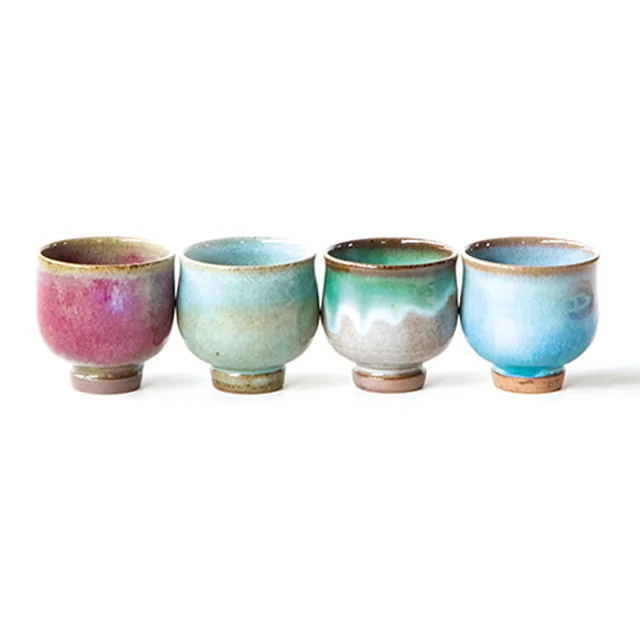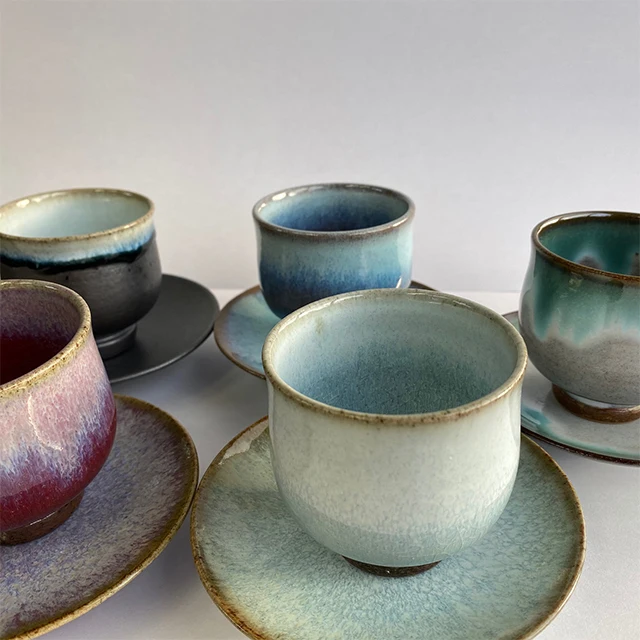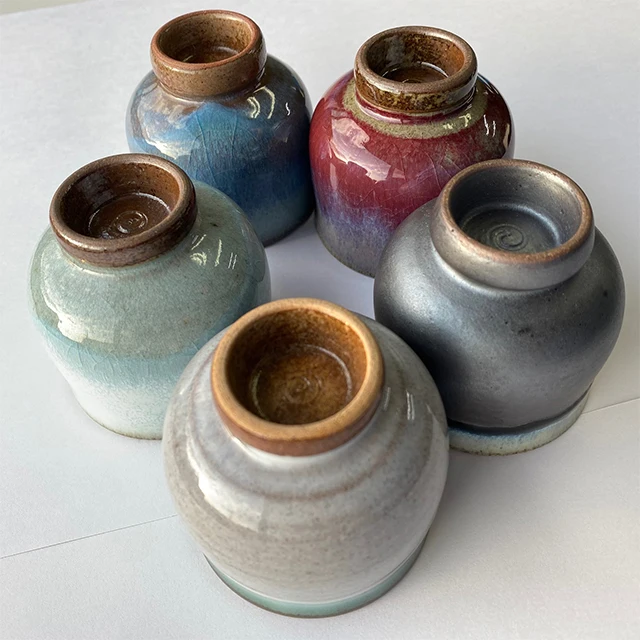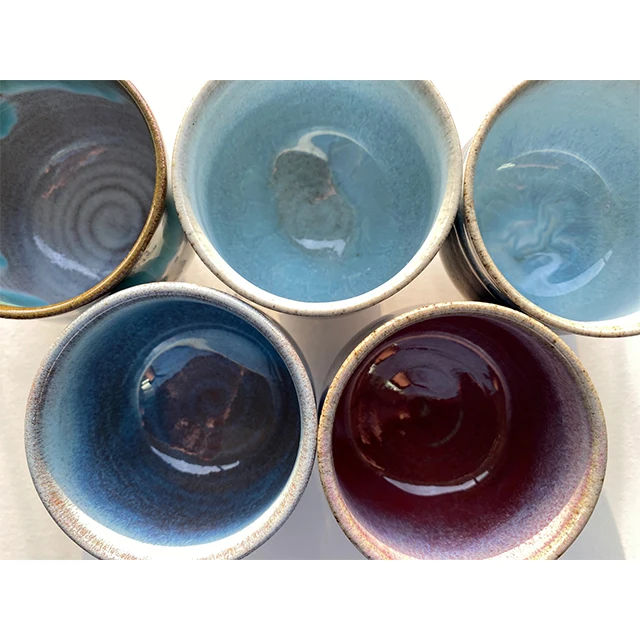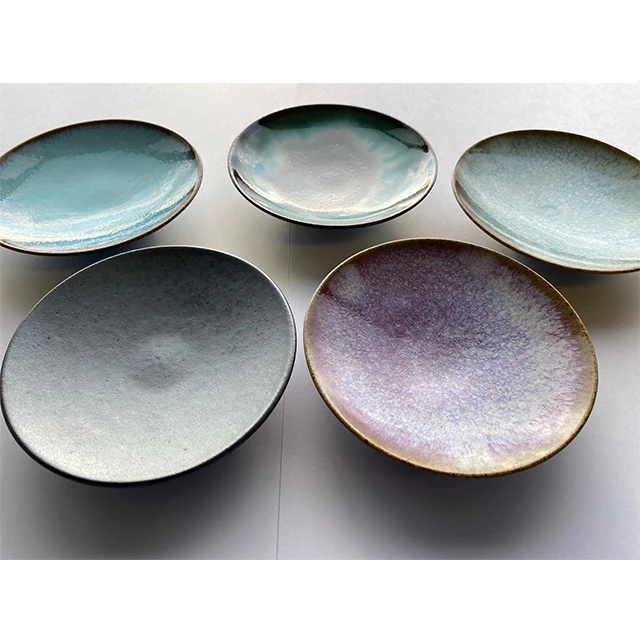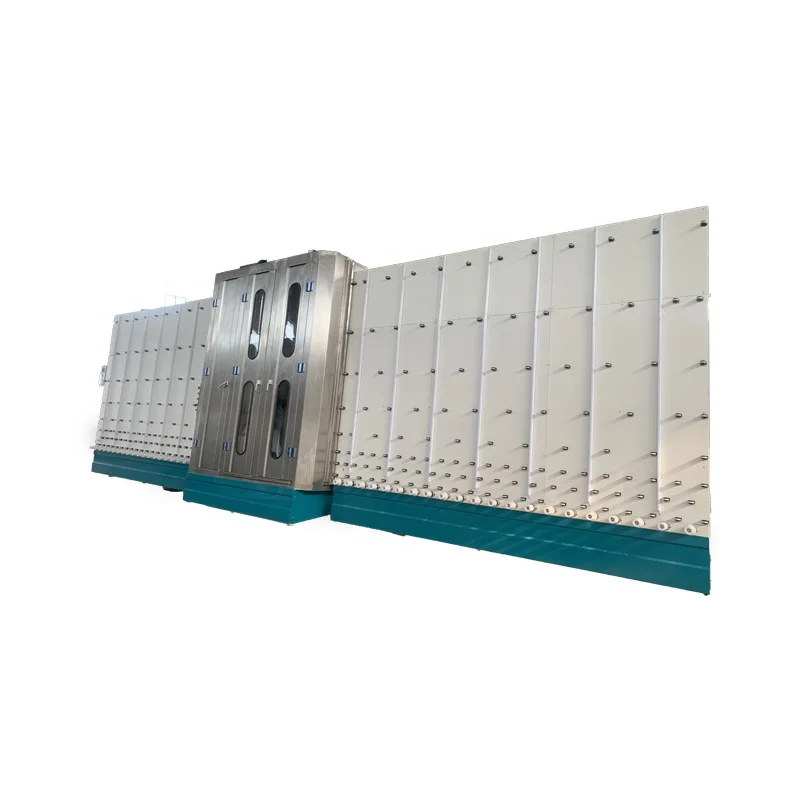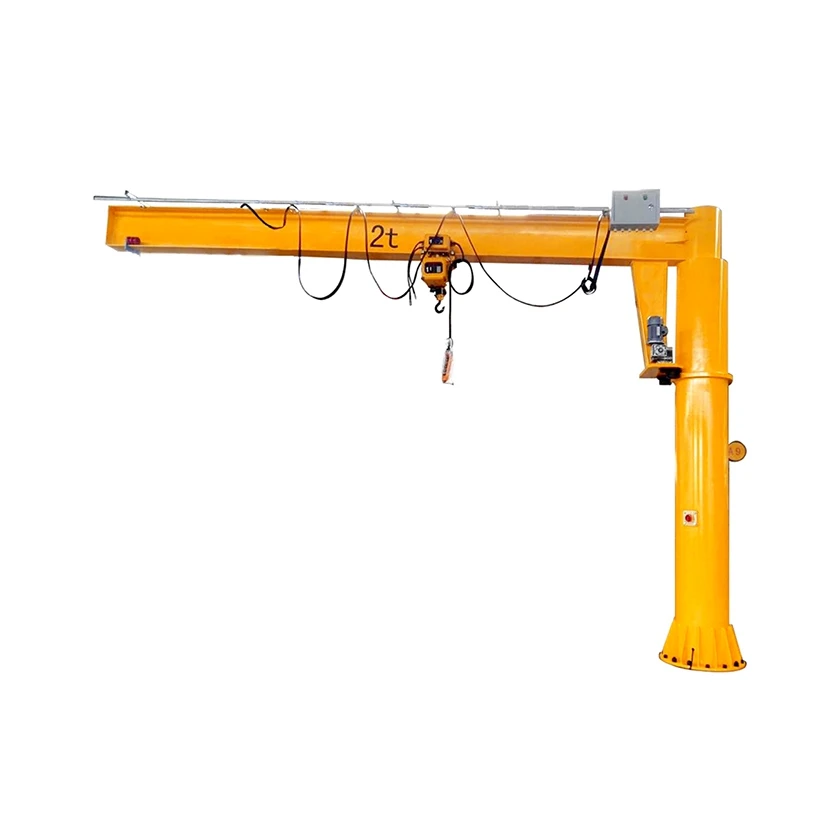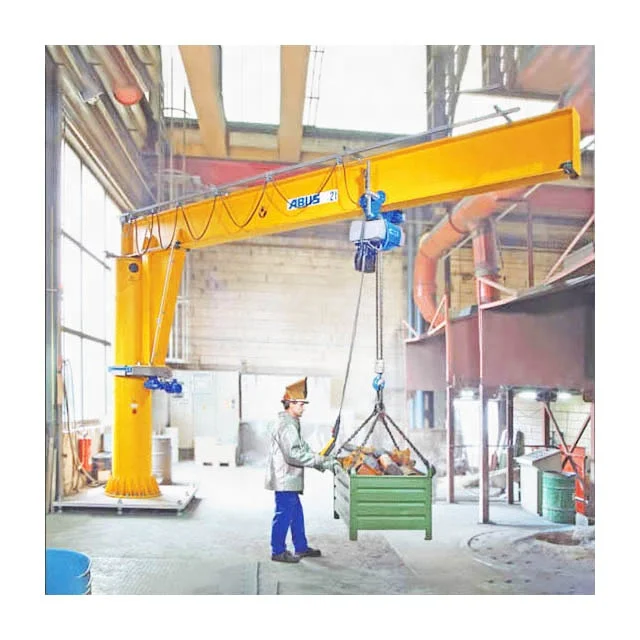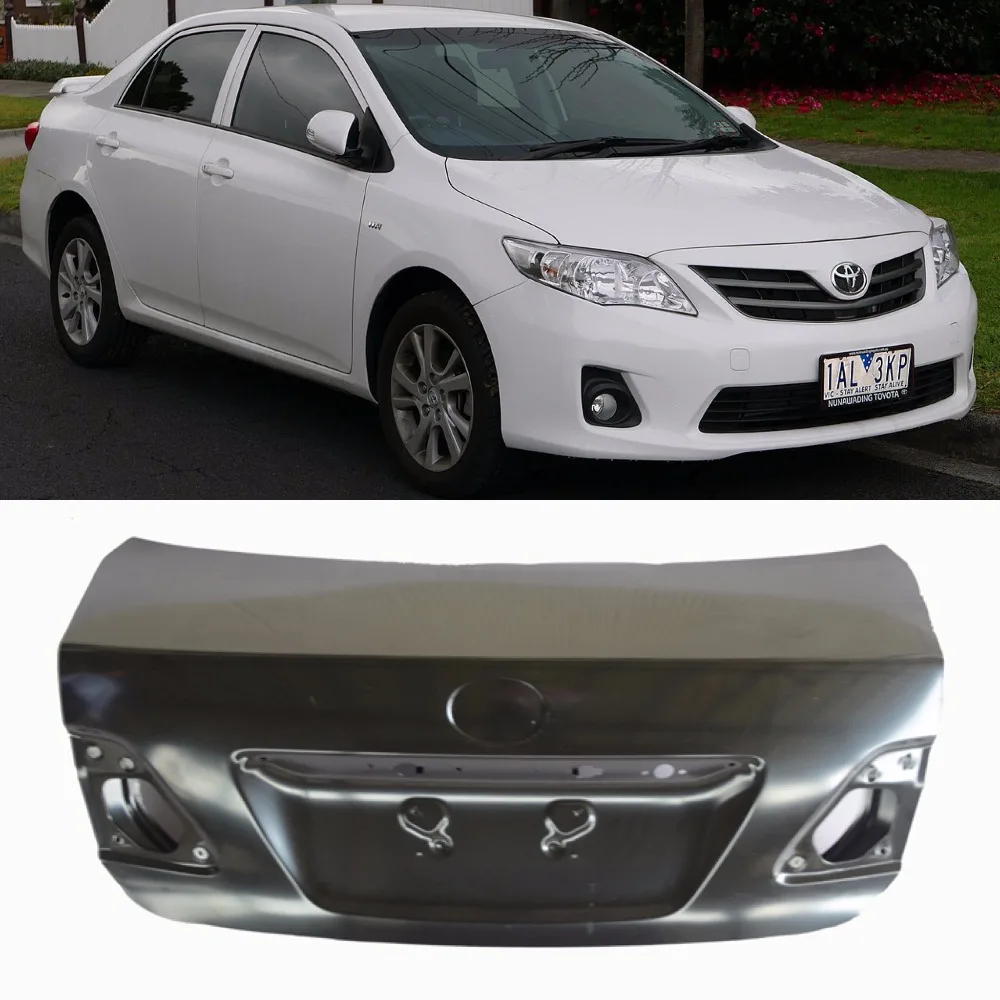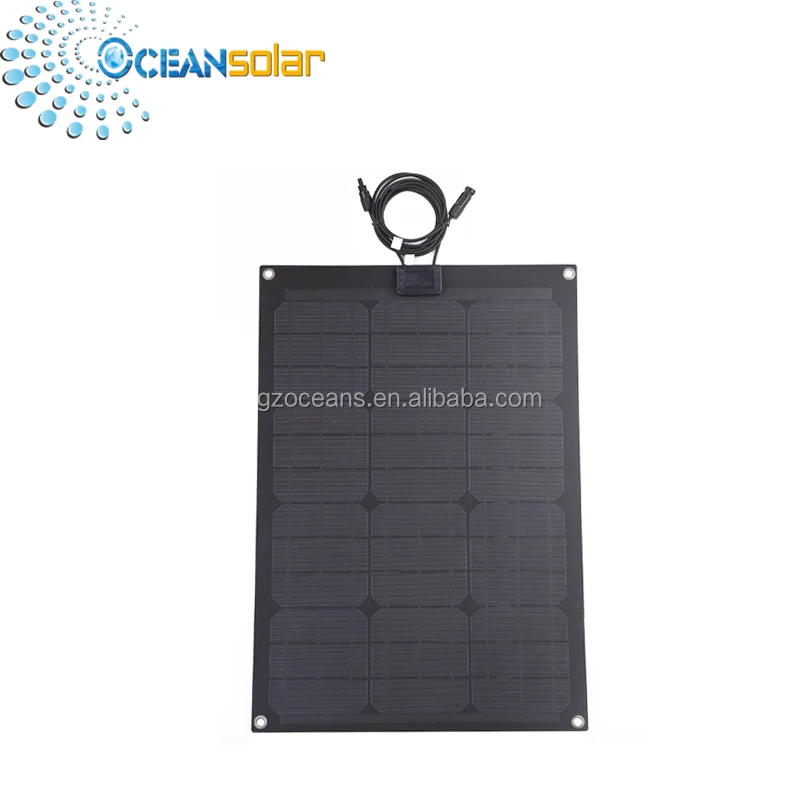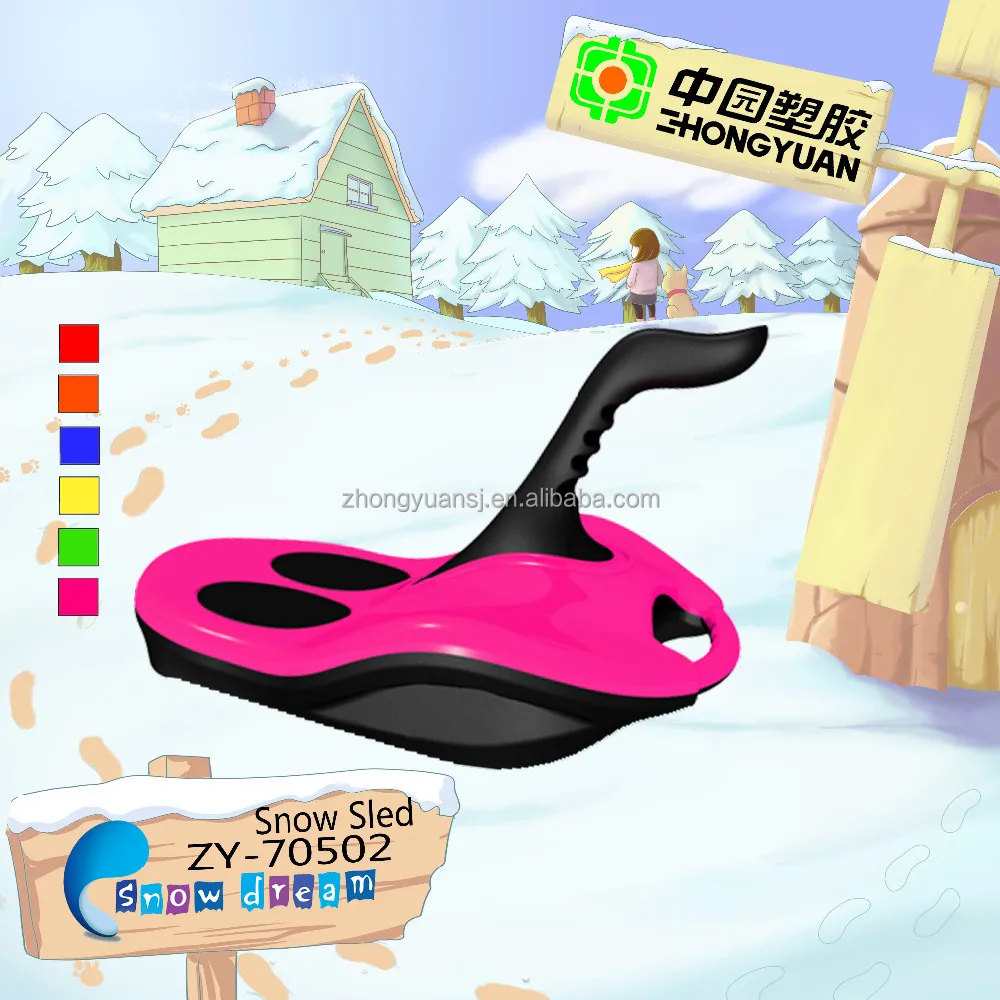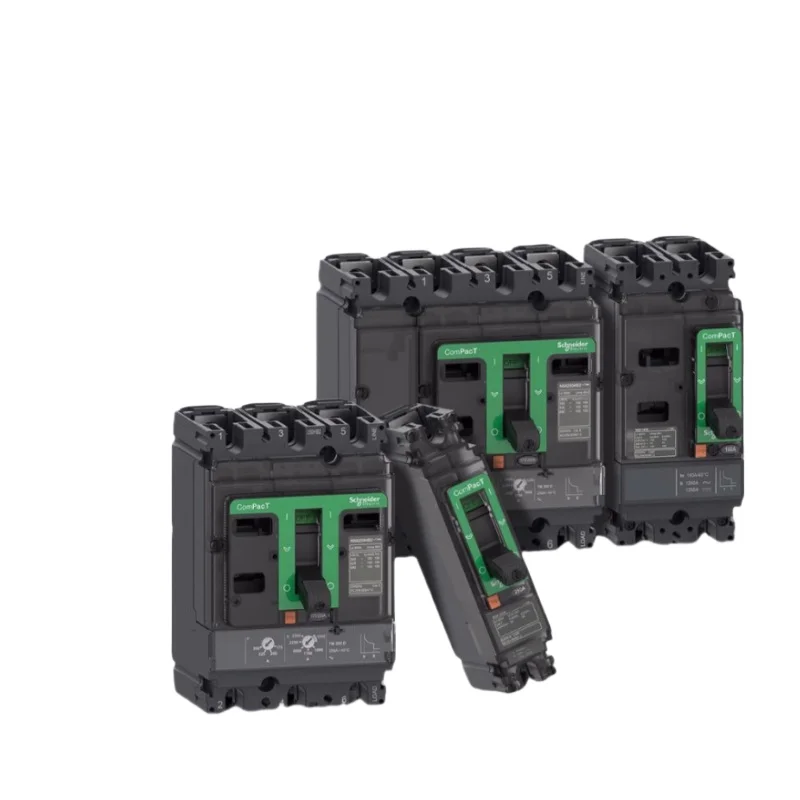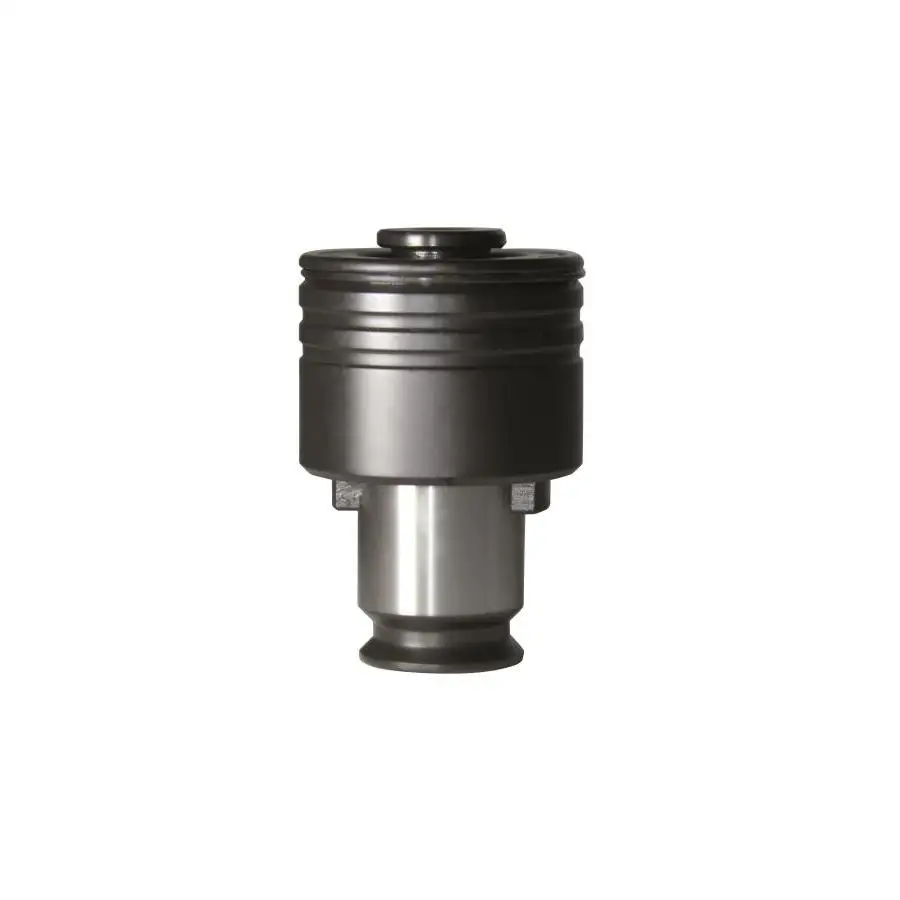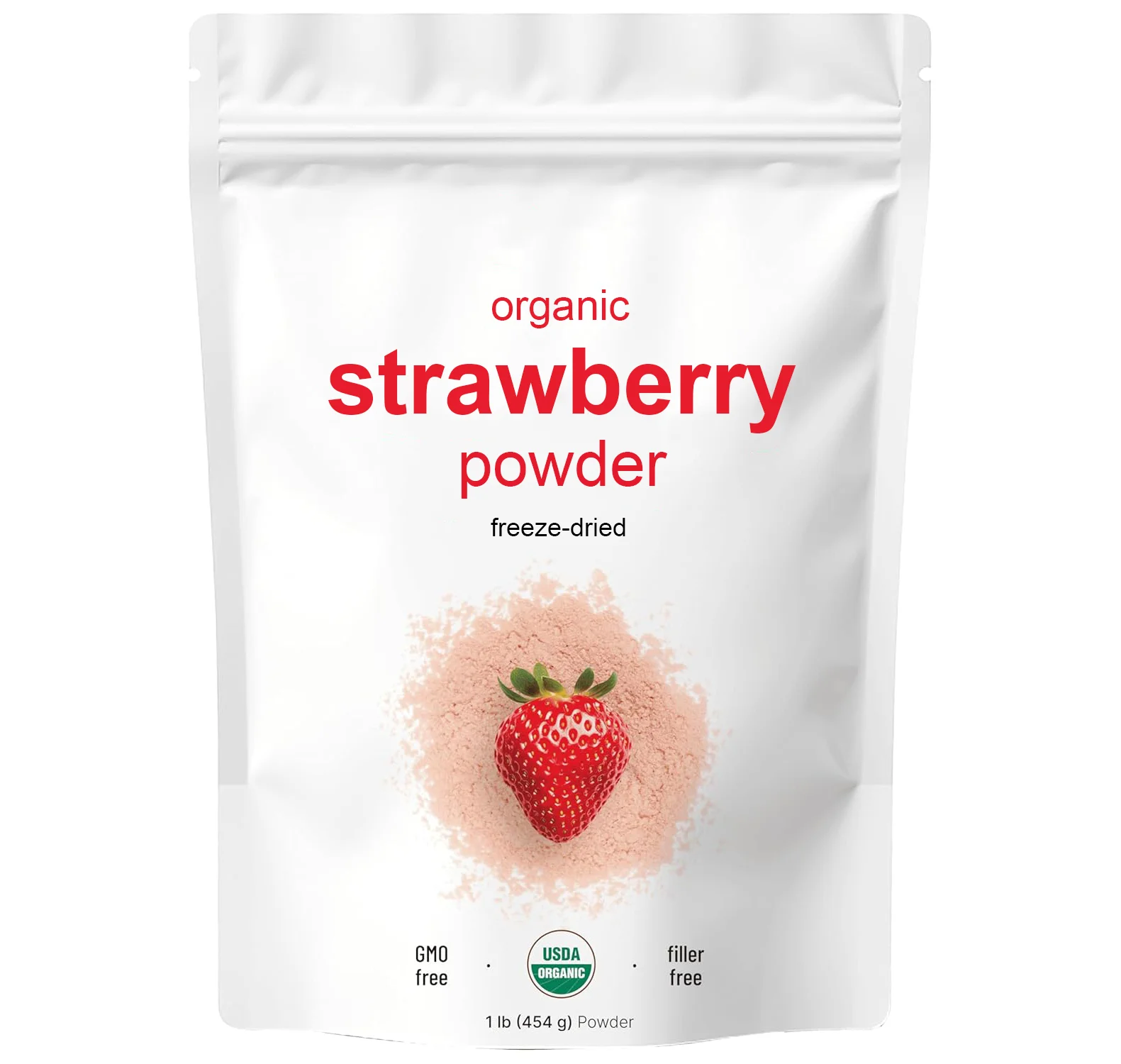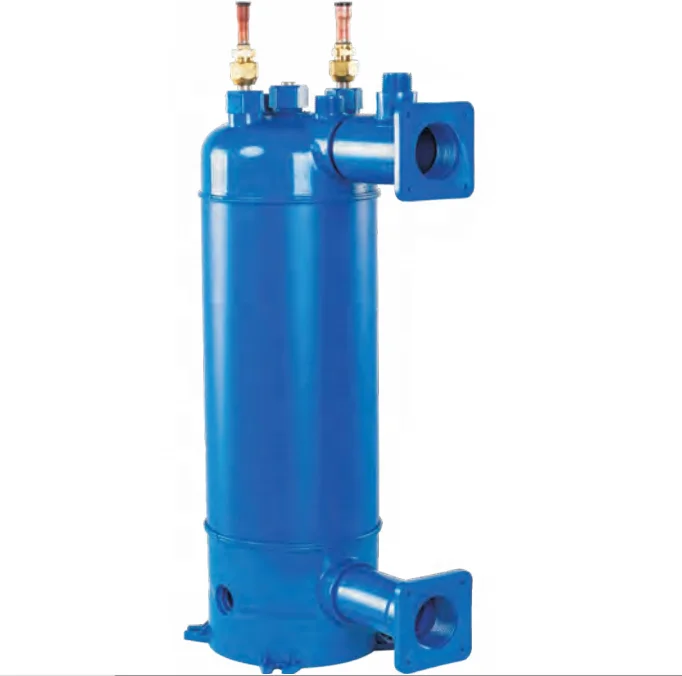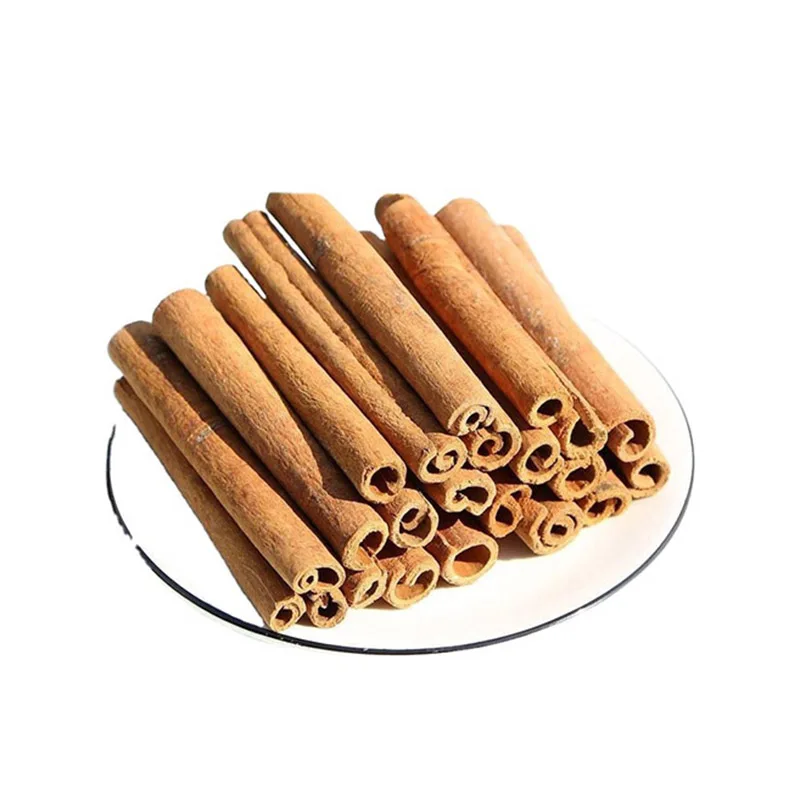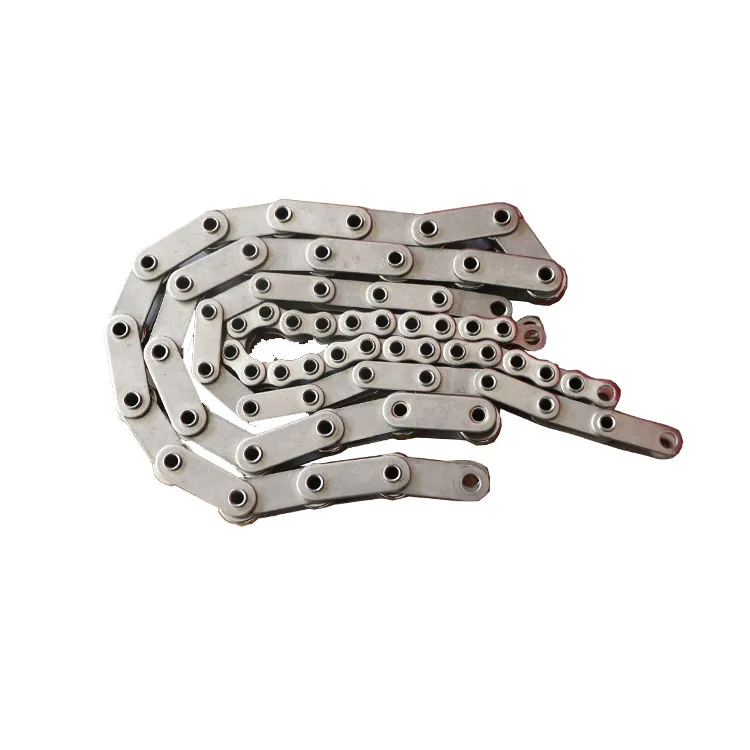Ручная работа керамика японский зеленый чай чайная чашка керамические чашки и керамическая тарелка красивый цвет
- Категория: >>>
- Поставщик: VECTOP CO. LTD.
Сохранить в закладки 1700004418966:
Описание и отзывы
Характеристики
Brand name : Koushingama Types of Pottery : Aganoyaki Grade : High Grade Product name : SaSa
These ceramics are done up in the AGANOYAKI style, a technique developed for tea implements over 400 years ago.
These are nationally designated traditional craft goods that are beloved by tea practitioners.
What is notable about these ceramics is their very thin and light construction.
The thin, dainty teacup and saucer set makes a very fine item to bring out for your guests during tea time.
The saucer can also be used as a small plate.
The rich color of the glaze is beautiful.
Offered in the SHINSHA, WARAJIRO, MIHANADA, ROKUSHOU, and CHOUSENKARATU colorways.

This set contains a teacup and saucer.
*The material is ceramic, making it dishwasher safe.

The order price is $45 per set, and the sample price is $40.
The MOQ is 30 assorted sets.
"SHINSHA" is red, as seen here. About 300 years ago, bright red pottery was first developed.
The reddening was the result of small quantities of copper oxide.
Too much or too little of it spoils the color, so the challenge lies in adjusting the quantity and heat to the right balance.
The "SHINSHA" glaze produced by the Koshin kiln has a gentle hue that is designed to be right at home in everyday contexts.
One notable feature is the different hues and tones of each piece.
"WARAJIRO" is white, as seen here. White ceramics have become the norm today, but in ancient times they were as valuable as jewels.
Around the world, different techniques have been developed since ancient times to create white pottery.
One of these is the use of "WARAJIRO" glaze, an ancient type of glaze.
Compared to pure white porcelain ware, this pottery has a more dull white tone and rustic appearance.
Many people enjoy this style of pottery for its subdued look.
The Koshin kiln's ceramics contain high iron content, so the "WARAJIRO" and iron become mixed when firing, causing a clear white with a bluish cast.
"MIHANADA" is blue, as seen here. This is one of the signature glazes of the Koshin kiln.
The "HANADA" part of the name refers to blue indigo dye, with "MIHANADA" suggesting a bright blue created when diluting indigo in water.
The color is refreshing and gentle, yet with a certain warmth, shimmering like water.
The color becomes more complex when you pour liquid into it, making it perfect for herbal teas and other semi-transparent beverages.
"ROKUSHOU" is verdigris, as seen here. This glaze was first used about 200 years ago in Agano ware, so it became synonymous with this style of pottery.
This unique verdigris is achieved through copper oxide.
Items with a glaze flowing from the top are commonly seen, with many people associating this style with Agano ware.
It patinates beautifully over time and will grow with you.
"CHOUSENKARATU" refers to this bicolor design. CHOUSENKARATU employs contrasting black and white glaze within a single piece of pottery.
Clay with a fine texture is glazed with matte black, then a thicker layer of white around the lip, creating a gradation from white to black when glazed.

The cup has an opening diameter of 6.5cm, height of 6cm, and holds 90ml of liquid.
The saucer is 11cm wide and 2cm tall.
The Koshin kiln is operated by a father and son, with all steps from preparing the clay to molding and firing being done by hand.
Their designs follow traditional techniques while adapting them to the modern lifestyles.
Yuta, the son, designed for “SaSa”, and Koichi, the father, produces them.
Kyoichi's works have received accolades at the Nitten, Japan's largest comprehensive art exhibition, 16 times in total.
One of the top Japanese potter who has won many awards.
Vectop co.,ltd. is internashonarl trading & Wireless Communication Company in JAPAN
We provide selected, unique,and excellent-quality Japanese products that can be popular in your country
With the authentic quality, we offer our products confidently
Похожие товары
Кран с поворотным механизмом высокого качества на заказ, 1000 кг
Китай, цена на цех 1 2 3 5 10 15 20 тонн, автономный напольный столбик, Электрический поворотный консольный подъемный кран
Высокомощный литиевый аккумулятор, гибридный электроскутер для взрослых, для детей
Автозапчасти, крышка багажника для Toyota Corolla 2007-2013
Новейший дизайн, высокоэффективный гибкий солнечный модуль от китайского завода напрямую
Flex polisher PXE80
Зимних видов спорта на открытом воздухе для снежной погоды sledgeZY-70502
Новые поступления
Новинки товаров от производителей по оптовым ценам
